This article was medically reviewed by Luba Lee, FNP-BC, MS. Luba Lee, FNP-BC is a Board-Certified Family Nurse Practitioner (FNP) and educator in Tennessee with over a decade of clinical experience. Luba has certifications in Pediatric Advanced Life Support (PALS), Emergency Medicine, Advanced Cardiac Life Support (ACLS), Team Building, and Critical Care Nursing. She received her Master of Science in Nursing (MSN) from the University of Tennessee in 2006.
There are 15 references cited in this article, which can be found at the bottom of the page.
This article has been viewed 48,206 times.
If you have a minor wound on the surface of your skin, it can usually be treated without a trip to the emergency room. Start by stopping the bleeding and assessing the wound. If the wound is minor and not very deep, you can clean and dress it at home so it is protected. Care for it properly so it can heal with minimal scarring. If you have a deep wound that is gaping open or shows fat or muscle under your skin, you should seek medical attention as soon as you can.
Steps
Stopping the Bleeding and Assessing the Wound
-
1Wash your hands with antibacterial soap. Use cool running water to wash your hands with soap. Do this before you touch the wound, as you do not want to put bacteria or germs in the wound.[1]
- If you are cleaning someone else’s wound, wear disposable medical gloves to protect yourself and them from germs and bacteria.
- If you don’t have disposable medical gloves and you’re caring for a family member, just was your hands really well with soap and water.
-
2Apply pressure to stop the bleeding. Use a clean, dry cloth to apply pressure to the wound if it is bleeding. Keep the pressure on for 15 minutes to help the bleeding slow.[2]
- You can also elevate the wound above your heart to stop the bleeding.
- If the wound does not stop bleeding or slow down after you have applied pressure, you may need stitches to close the wound properly. Go see your doctor.
Advertisement -
3Do home care if the wound is not very deep or large. If the wound is a scrape or abrasion on the surface of your skin, or if it’s less than 1⁄4 inch (0.64 cm) deep, you can dress it at home. Make sure the wound is not too painful or bleeding profusely.[3]
-
4See your doctor if the wound appears deep and is dirty. If you can see tissue or fat in the wound and it has been exposed to dirt or debris, go see your doctor right away. The dirt will need to be cleaned out by your doctor and the wound will need to be sterilized so it does not get infected.[4]
-
5Go to the doctor if the wound is from an animal bite. All animal bites that have broken the skin, no matter how small, need to be seen by a doctor. They’ll follow an established protocol that you won’t be able to complete on your own.[5]
- Most animal bites will be treated with an antibiotic, typically Augmentin.
- Some bites, especially those by a wild animal, will require a rabies shot in the arm.
-
6Discuss treatment options with your doctor. Your doctor may suggest that you get a tetanus shot if the wound is deep and dirty, or you haven’t had one in 5 years. They may also recommend that you get stitches to close a deep wound and allow it to heal properly.[6]
- Most deep wounds will heal well with stitches and proper care. However, they may scar, depending on how deep they are.
Cleaning the Wound
-
1Wash the wound with mild soap and water. Place the wound under cool, running water. Clean around the wound with the soap, being careful not to get soap in the wound.
-
2Flush the wound with a saline solution. Use a pre-made saline solution to gently rinse the wound to remove any bacteria or germs.[7]
- Make your own saline solution by mixing together 1 to 2 tablespoons (15 to 30 ml) salt in 1 cup (240 ml) water.
-
3Do not use hydrogen peroxide or iodine. Avoid using harsh antiseptics on the wound, as they can damage and irritate your skin. Running water, soap, and a mild saline solution will work just fine.[8]
-
4Dab around the wound dry with clean gauze or a towel. Be gentle when you dry around the wound, as you do not want to irritate it or damage it further.[9]
-
5Remove any debris in the wound with tweezers sterilized in alcohol. Dip the tweezers in rubbing alcohol before you remove any dirt or debris. If the debris is embedded deep in the wound or there is a lot of debris, go to the doctor right away. Removing the debris yourself can cause an infection.[10]
Covering the Wound
-
1Put a layer of petroleum jelly or antibiotic ointment on the wound. This will keep the wound moist and prevent it from scarring. Make sure you’ve cleaned the wound first. Then, use clean gauze to apply the jelly or ointment.[11]
-
2Use a small bandage for a small wound. If the wound is 3 inches (7.6 cm) or smaller in diameter and not very deep, you can use a bandaid to cover it. Peel off the back of the bandaid and avoid touching the sticky side, which will be going on the skin. Stick the bandaid on so that the soft middle part is directly over the wound.[12]
-
3Apply a large bandaid or gauze on a large wound. If the wound is bigger than 3 inches (7.6 cm) in diameter, carefully place a large bandaid on top of it to keep it covered. You can also cut a piece of gauze so it covers the wound and a few inches around the wound. Place it on the wound and secure it with medical tape.[13]
- Make sure the tape is secure but not too tight so that it doesn’t cut off circulation.
Caring for the Wound
-
1Change the dressing 2 times a day or whenever it gets soiled. If the covering gets dirty or soaked with blood, remove the old dressing and replace it with a fresh one. Do this 2 times a day so the wound stays clean.[14]
- For example, you may change the dressing at night before bed or when you wake up in the morning.
-
2Keep the wound moist and covered. Make sure the wound stays covered throughout the day, as this will help it to stay moist. Keeping the wound moist will ensure it heals properly and reduces the chances of scarring.[15]
- The only time you should uncover the wound is in the shower, as the moisture and water will help the wound heal.
-
3Replace the bandage if you see blood soaking through. If the bandage gets bloody, replace it with a clean dressing. If the bandages continue to get soiled quickly, go to the doctor as soon as you can; this means that the wound is continuing to bleed or drain.[16]
-
4Go to the doctor if you see signs of infection. If you see that the wound is getting worse with pain, swelling, redness, or drainage, go to the doctor right away. Your doctor can clean and treat the wound so it can get better. They may also prescribe an oral antibiotic to clear up the infection. To determine if there’s an infection, see if the wound is:[17]
- Swollen
- Hot to the touch
- Very red
- Draining pus
- Irritated
- Painful
-
5Allow the wound to heal for 1-2 weeks. Most minor wounds will heal with the right care within 2 weeks.[18] If the wound is not very deep or large, it may heal without scarring. Wounds that are deeper and larger may scar.[19]
- If a minor wound does not heal or get better after 1-2 weeks, go to the doctor.
Expert Q&A
-
QuestionWhat can I use other than petroleum jelly or antibiotic cream?
 Luba Lee, FNP-BC, MSLuba Lee, FNP-BC is a Board-Certified Family Nurse Practitioner (FNP) and educator in Tennessee with over a decade of clinical experience. Luba has certifications in Pediatric Advanced Life Support (PALS), Emergency Medicine, Advanced Cardiac Life Support (ACLS), Team Building, and Critical Care Nursing. She received her Master of Science in Nursing (MSN) from the University of Tennessee in 2006.
Luba Lee, FNP-BC, MSLuba Lee, FNP-BC is a Board-Certified Family Nurse Practitioner (FNP) and educator in Tennessee with over a decade of clinical experience. Luba has certifications in Pediatric Advanced Life Support (PALS), Emergency Medicine, Advanced Cardiac Life Support (ACLS), Team Building, and Critical Care Nursing. She received her Master of Science in Nursing (MSN) from the University of Tennessee in 2006.
Board-Certified Family Nurse Practitioner You can use coconut or olive oil instead of petroleum jelly to help heal your wound. Just make sure it is a freshly-opened bottle to decrease the risk of infection and use it only for wound healing purposes.
You can use coconut or olive oil instead of petroleum jelly to help heal your wound. Just make sure it is a freshly-opened bottle to decrease the risk of infection and use it only for wound healing purposes. -
QuestionHow do I speed up a slow healing surgical wound if I'm diabetic?
 Luba Lee, FNP-BC, MSLuba Lee, FNP-BC is a Board-Certified Family Nurse Practitioner (FNP) and educator in Tennessee with over a decade of clinical experience. Luba has certifications in Pediatric Advanced Life Support (PALS), Emergency Medicine, Advanced Cardiac Life Support (ACLS), Team Building, and Critical Care Nursing. She received her Master of Science in Nursing (MSN) from the University of Tennessee in 2006.
Luba Lee, FNP-BC, MSLuba Lee, FNP-BC is a Board-Certified Family Nurse Practitioner (FNP) and educator in Tennessee with over a decade of clinical experience. Luba has certifications in Pediatric Advanced Life Support (PALS), Emergency Medicine, Advanced Cardiac Life Support (ACLS), Team Building, and Critical Care Nursing. She received her Master of Science in Nursing (MSN) from the University of Tennessee in 2006.
Board-Certified Family Nurse Practitioner First, eliminate all sugar, processed carbs, and flour from their diet. Start incorporating quality, nutrient-dense foods like lean proteins and low-glycemic vegetables. Take supplements, such as vitamin C, E, B, and collagen. Bone broth or collagen-rich smoothies can also speed up healing. Finally, maintain a positive outlook, meditate, and manage stress.
First, eliminate all sugar, processed carbs, and flour from their diet. Start incorporating quality, nutrient-dense foods like lean proteins and low-glycemic vegetables. Take supplements, such as vitamin C, E, B, and collagen. Bone broth or collagen-rich smoothies can also speed up healing. Finally, maintain a positive outlook, meditate, and manage stress.
References
- ↑ https://www.cdc.gov/healthywater/hygiene/hand/handwashing.html
- ↑ https://www.urmc.rochester.edu/encyclopedia/content.aspx?contenttypeid=1&contentid=2978
- ↑ https://www.urmc.rochester.edu/encyclopedia/content.aspx?contenttypeid=1&contentid=2978
- ↑ https://www.nhs.uk/common-health-questions/accidents-first-aid-and-treatments/how-do-i-clean-a-wound/
- ↑ https://medlineplus.gov/ency/patientinstructions/000734.htm
- ↑ https://medlineplus.gov/ency/patientinstructions/000734.htm
- ↑ https://medlineplus.gov/ency/patientinstructions/000040.htm
- ↑ https://health.clevelandclinic.org/what-is-hydrogen-peroxide-good-for/
- ↑ https://medlineplus.gov/ency/article/000045.htm
- ↑ https://kidshealth.org/en/teens/cuts.html
- ↑ https://kidshealth.org/en/teens/cuts.html
- ↑ https://www.sja.org.uk/get-advice/first-aid-advice/how-to/how-to-apply-a-dressing/
- ↑ https://www.saintlukeskc.org/health-library/first-aid-bandaging
- ↑ https://www.betterhealth.vic.gov.au/health/conditionsandtreatments/wounds-how-to-care-for-them
- ↑ https://www.betterhealth.vic.gov.au/health/conditionsandtreatments/wounds-how-to-care-for-them
- ↑ https://medlineplus.gov/ency/patientinstructions/000315.htm
- ↑ https://dermnetnz.org/topics/wound-infections
- ↑ https://www.aad.org/public/everyday-care/injured-skin/burns/treat-minor-cuts
- ↑ https://medlineplus.gov/ency/patientinstructions/000741.htm


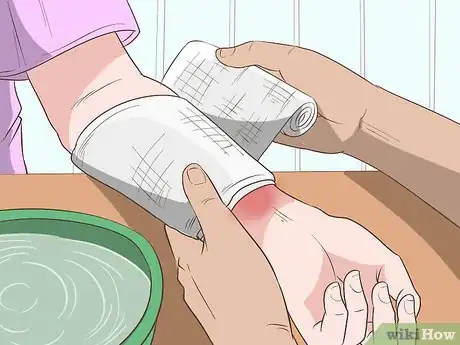
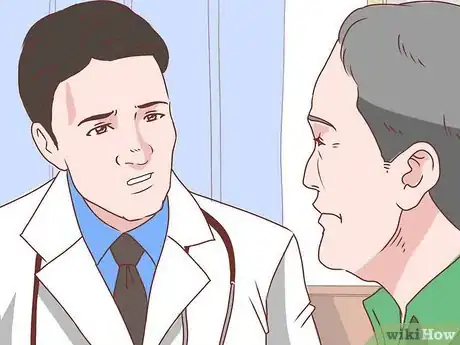
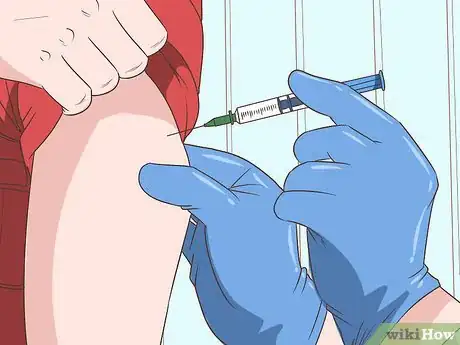
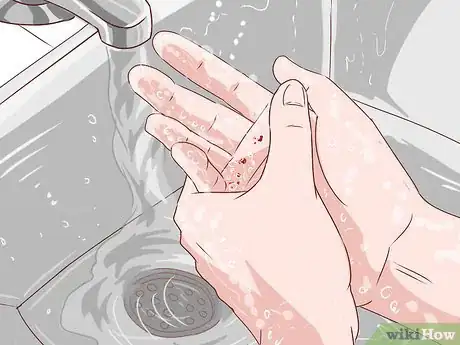

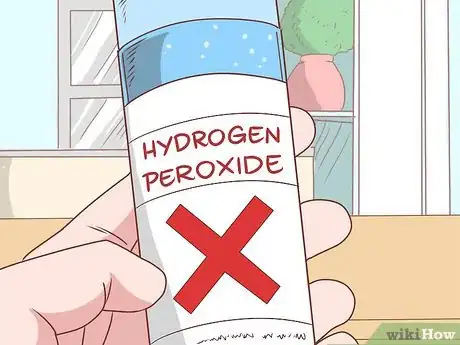

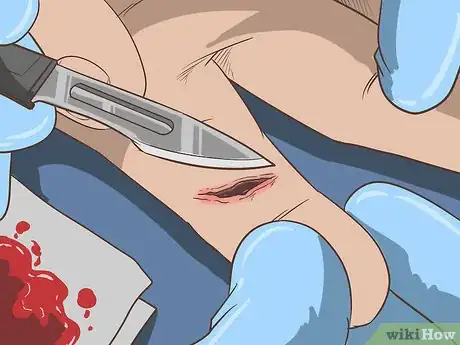
-Step-9-Version-2.webp)
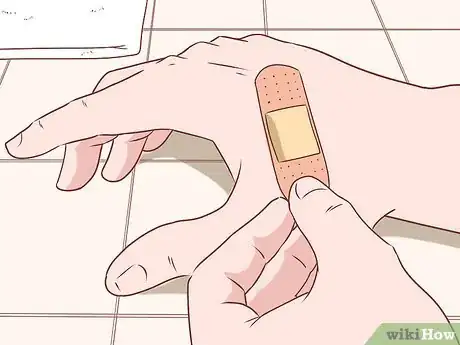

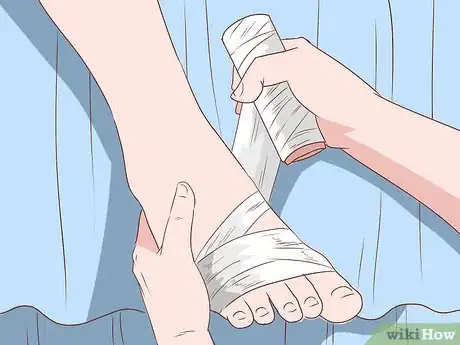
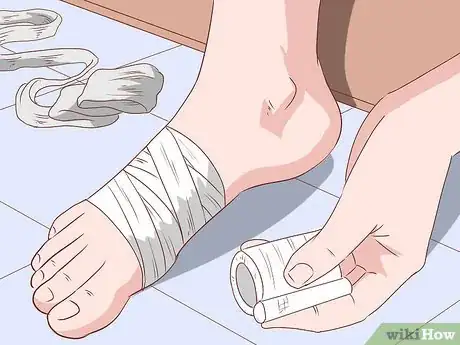

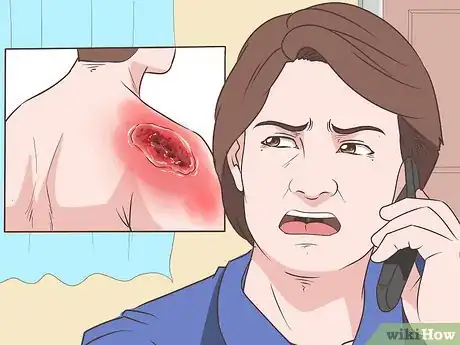
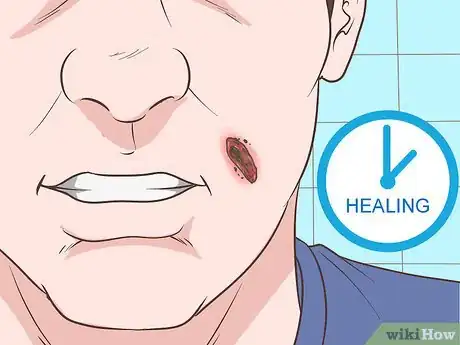
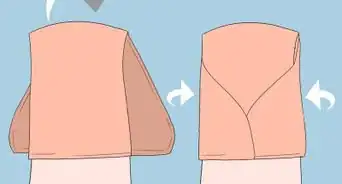
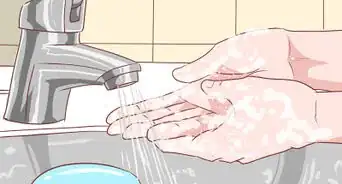
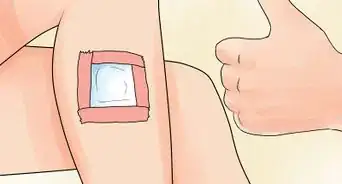

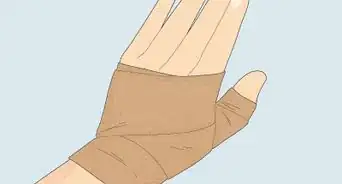
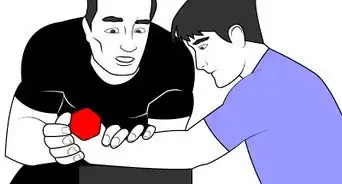

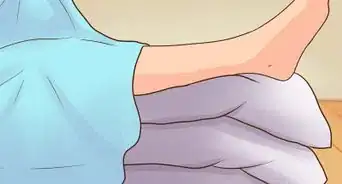
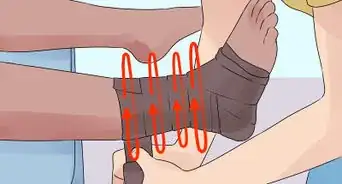
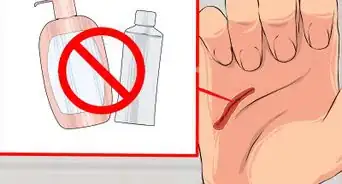
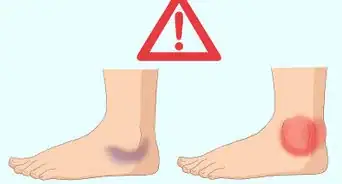












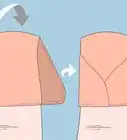






































Medical Disclaimer
The content of this article is not intended to be a substitute for professional medical advice, examination, diagnosis, or treatment. You should always contact your doctor or other qualified healthcare professional before starting, changing, or stopping any kind of health treatment.
Read More...